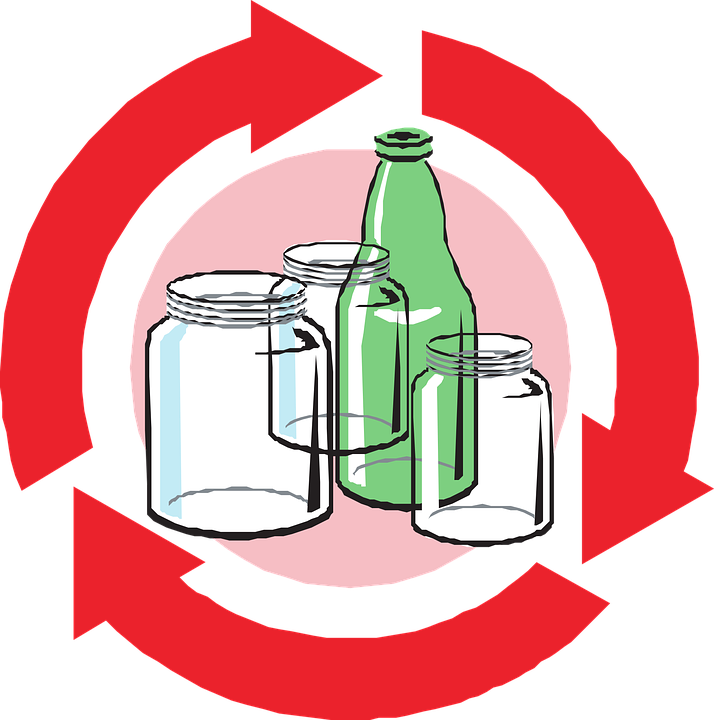In Miami, where environmental consciousness is becoming a bigger part of daily life, using a metal recycling center is an effective way to contribute to sustainability while also clearing out unwanted materials. Whether you’re a homeowner, business owner, or contractor, understanding the benefits of scrap metal recycling—including services like scrap metal pickup, aluminum recycling, and copper recycling—can make a big difference in your next project.
What is Scrap Metal?

Scrap metal refers to leftover metal that’s no longer in use, like old appliances, machinery, cars, or even construction materials. These metals may be aluminum, copper, steel, brass, or other valuable materials that can be melted down and repurposed for new products. Rather than letting these items pile up in a landfill, scrap metal recycling facilities process them so they can be reused.
Not only does this help the environment by reducing waste, but it also helps preserve natural resources. Extracting raw metals is energy-intensive and harmful to the environment. By recycling scrap metal, we reduce the need for new mining and lower greenhouse gas emissions.
What Happens at a Metal Recycling Facility?
A metal recycling facility is where all the magic happens. These centers are equipped to handle various types of metals, from large appliances to tiny copper wires. The process typically begins with sorting and separating different metals, as each has its recycling process. Some facilities even accept mixed loads of metal, meaning you don’t have to separate them yourself.
Once sorted, the metals are shredded or broken down into smaller pieces. This makes the melting process more efficient. The shredded metal is then melted in a furnace, where impurities are removed, leaving behind pure metal ready for reuse. The recycled metal is then sold to manufacturers who can use it to make new products.
Recycling centers in Miami are becoming more advanced, with technology that helps sort and process metals more efficiently. Whether you’re a large-scale business or just cleaning out your garage, bringing your scrap metal to a facility in Miami is an easy way to contribute to a greener future.
Scrap Metal Pickup Services: Convenience at Your Door
Many recycling centers in Miami offer scrap metal pickup services. If you’re dealing with a large amount of scrap metal or don’t have the time or transportation to haul it yourself, this service is incredibly convenient. Businesses, in particular, can benefit from this, especially in industries like construction or manufacturing where scrap metal piles up quickly.
Scrap metal pickup services can handle everything from small home appliances to large industrial equipment. They’ll come to your location, load up the materials, and transport them to the recycling facility for you. This not only saves you time but also makes sure that the scrap is handled properly and ethically.
Aluminum Recycling: Lightweight but Valuable
Aluminum is one of the most commonly recycled materials in the U.S. and is known for being highly sustainable. The beauty of aluminum is that it can be recycled indefinitely without losing its quality. Think of all the aluminum cans, old siding, or even car parts that could be turned into something new through recycling.
When you recycle aluminum, it’s melted down and turned into new products like cans, car parts, or even aircraft components. Since the process takes far less energy than making new aluminum from raw materials, it’s a win for both the environment and the economy. In Miami, many metal recycling centers accept aluminum in all forms, making it easy to contribute to the cause.
Copper Recycling: One of the Most Valuable Metals
If you’ve got copper lying around, you’re sitting on a valuable commodity. Copper is used in wiring, plumbing, and electronics, and recycling it is both economically and environmentally smart. Like aluminum, copper can be recycled multiple times without losing its integrity.
At a copper recycling center, copper is sorted, cleaned, and melted down before being reused in various industries. Copper is particularly valuable because mining new copper is harmful to the environment, and the demand for it continues to grow, especially with the rise of electric vehicles and renewable energy technologies. By recycling copper, you’re helping reduce the need for new mining while also getting paid for your scrap.
How Metal Recycling Helps Your Future Projects
Whether you’re a contractor, business owner, or just clearing out your home, recycling metal can be beneficial for your future projects. First off, metal recycling facilities pay for scrap metal, which means you can make some extra cash while getting rid of materials you no longer need. Secondly, knowing that your scrap metal is being recycled properly can give you peace of mind, especially if you’re concerned about the environment.
If you’re working on a construction project, recycling scrap metal can also help you stay organized and clear the worksite of debris. Plus, many builders and developers are starting to prioritize sustainability, so using recycled metals in future projects can improve your green credentials.
In Miami, where green living is more important than ever, visiting a metal recycling center or utilizing scrap metal pickup services is a smart move. Whether it’s aluminum, copper, or any other metal, recycling not only helps the planet but also keeps your home or business organized and clutter-free. So next time you’ve got some scrap metal on hand, consider taking it to a recycling facility in Miami—it’s easier than you think.


















